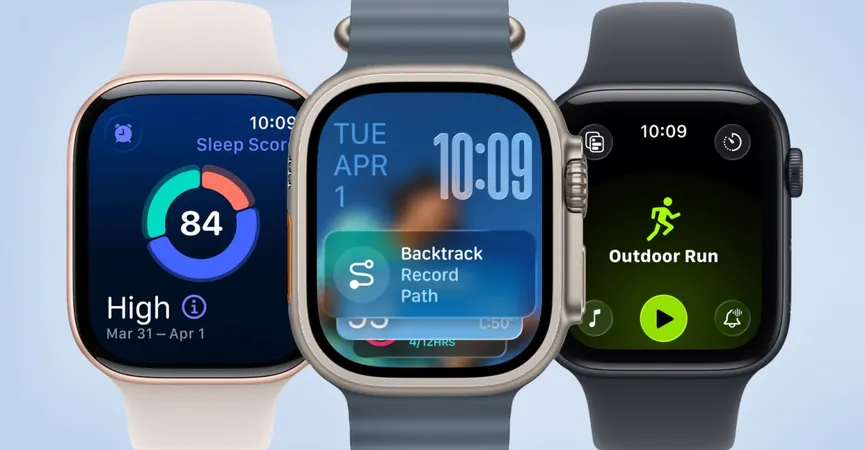
Unlocking the Mystery of Statins: Are They Worth It for Your Cholesterol?
2025-09-16
Author: Wei
The Statin Dilemma: Should You Take Them or Not?
When faced with a 'borderline' cholesterol level, many find themselves at a crossroads. One reader, T.G., recently consulted a cardiologist who recommended statins, claiming they could slash the risk of cardiovascular events by a staggering 50%. But is that claim all it's cracked up to be?
The Reality of Risk Reduction
Diving deeper into the world of statin therapy reveals a more complicated picture. While it's true that statins can significantly reduce cardiovascular risks, the actual numbers can be misleading. The key to understanding these medications lies in grasping the concept of absolute versus relative risk reduction.
Absolute risk reduction focuses on the direct impact a statin would have on an individual's risk based on their specific risk factors—age, gender, blood pressure, cholesterol, and more. For someone without pre-existing heart disease, the benefits might not be as monumental as portrayed.
Understanding Your Personal Risk Profile
Consider this: a 75-year-old man with a cholesterol level of 220 mg/dL and blood pressure at 140/80 mmHg has a 19.4% absolute risk of developing heart disease over the next decade. With a statin, that risk might reduce to around 15.5%. While that’s a relative risk reduction of 20%, the actual change in absolute risk is just 3.9%.
Conversely, a 50-year-old woman with identical cholesterol and blood pressure numbers has an absolute risk of only 3.6%. Here, the 20% reduction means a mere 0.72% drop in risk.
Number Needed to Treat: The Hidden Truth
Here's where it gets even more eye-opening: the 'number needed to treat' (NNT) tells us how many people must be treated with statins to prevent one adverse event. In T.G.'s example, about 26 75-year-olds would need treatment to prevent a single heart-related incident, whereas 139 50-year-old women would need the same treatment to see that benefit.
Deciding if Statins Are Right for You
Ultimately, the decision to use statins hinges not just on these numbers but also on personal factors—how much you fear heart disease, your comfort with medications, and even the modest monthly cost of around $5 to $10. While serious side effects from statins are rare, if they do occur, there are alternatives.
Understanding your unique risk factors and consulting closely with your healthcare provider can demystify this important health decision.
Have More Questions?
Don't hesitate to reach out! Readers are encouraged to send their health questions to [email protected].




 Brasil (PT)
Brasil (PT)
 Canada (EN)
Canada (EN)
 Chile (ES)
Chile (ES)
 Česko (CS)
Česko (CS)
 대한민국 (KO)
대한민국 (KO)
 España (ES)
España (ES)
 France (FR)
France (FR)
 Hong Kong (EN)
Hong Kong (EN)
 Italia (IT)
Italia (IT)
 日本 (JA)
日本 (JA)
 Magyarország (HU)
Magyarország (HU)
 Norge (NO)
Norge (NO)
 Polska (PL)
Polska (PL)
 Schweiz (DE)
Schweiz (DE)
 Singapore (EN)
Singapore (EN)
 Sverige (SV)
Sverige (SV)
 Suomi (FI)
Suomi (FI)
 Türkiye (TR)
Türkiye (TR)
 الإمارات العربية المتحدة (AR)
الإمارات العربية المتحدة (AR)